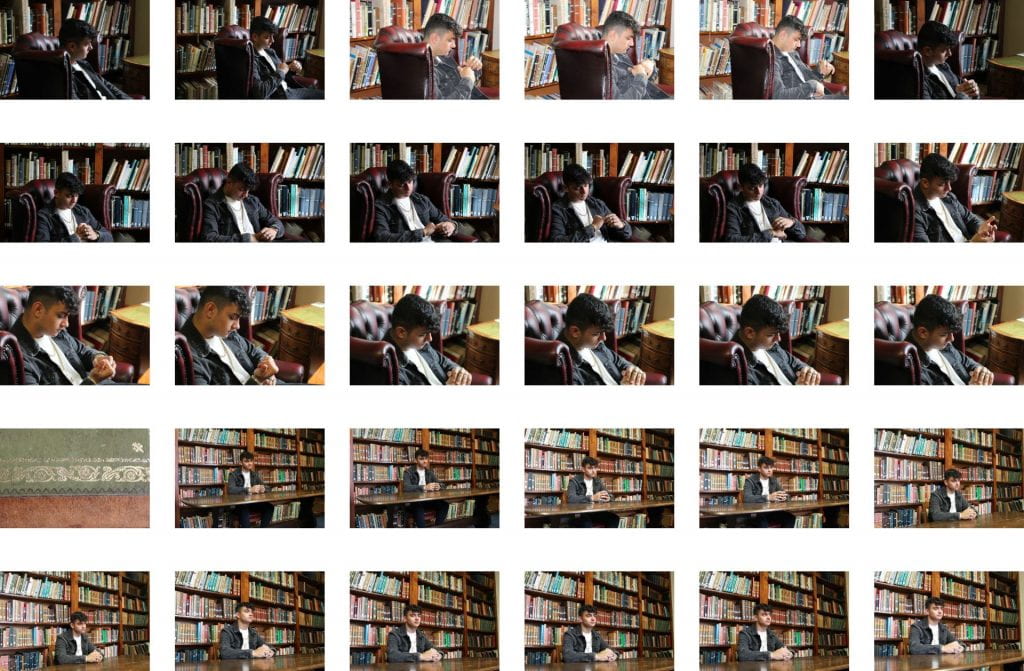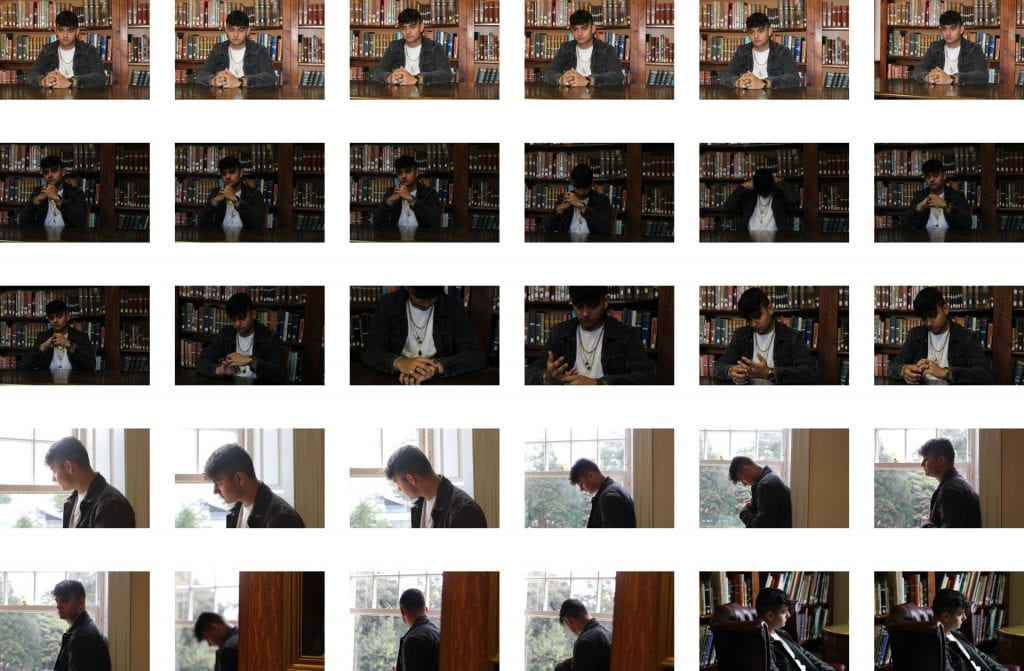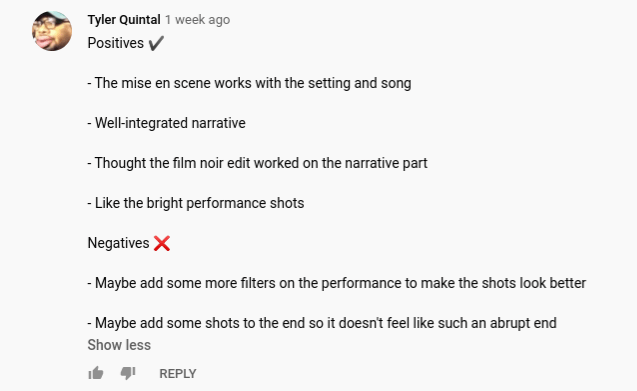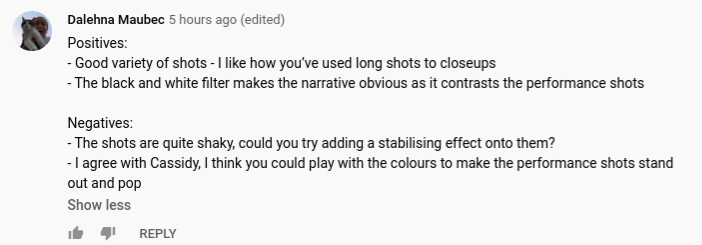As a group we went to the Priaulx Library to gather images to use on our digipak. We used our production meeting agenda and hand drawn mockup to set up our shoot for the shoot and here are the shots we got from this.
Evaluation of shoot:
Overall the shoot went successfully and we are really content with how it went. We created images that work successfully with our preferred star image as we achieved all of the shots we aimed for at a range of angles. The lighting of the different shots varied from each camera we used each but we used this as a positive as it allowed us to play with the different lighting to portray the themes as we wished. In particularly our production meeting agenda and risk assessment sheet allowed us to be aware of the potential risks that we need to keep in mind as well as reminding us of the costumes and equipment we will need to be prepared to bring. This meant that the shoot could run smoothly and we would have no problems with forgetting equipment. From this shoot, we now have a clear idea of how we want our digipak to look as well as possible effects we can include on our image.












